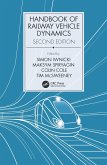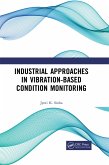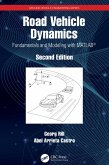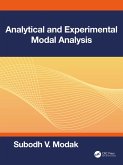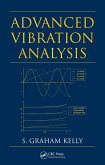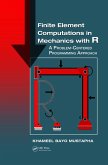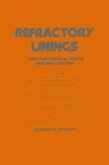Although there is common ground in the treatment of acoustics, the subject of vibration is not very fortunate. Those interested in low-frequency vibration are generally concerned with the modal approach of using natural frequencies and mode shapes, whereas those interested in vibro-acoustics in medium and high frequencies are generally concerned with the wave approach. Since both modal and wave approaches have their advantages, it is a good idea to study both together to get the best out of them. This is useful for a better understanding the physics of vibro-acoustics. Written for students and professionals interested in gaining knowledge, this book systematically integrates the relevant aspects of vibro-acoustics from various viewpoints.
Dieser Download kann aus rechtlichen Gründen nur mit Rechnungsadresse in A, B, BG, CY, CZ, D, DK, EW, E, FIN, F, GR, HR, H, IRL, I, LT, L, LR, M, NL, PL, P, R, S, SLO, SK ausgeliefert werden.



